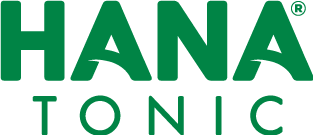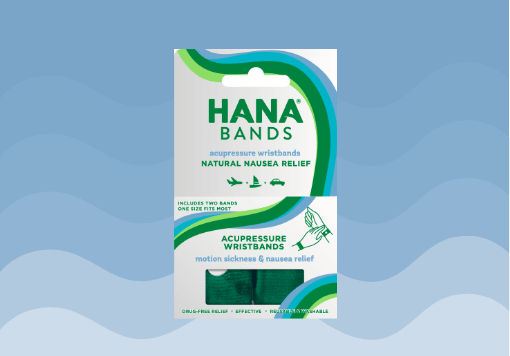When you learn the health differences between organic and conventional foods, it’s common to want to buy organic as much as possible. But the higher price of organic foods can make it more difficult for families to maintain their grocery budgets.
If you want to find the best balance between managing food costs and protecting your grocery budget, then the first step is to learn about the “dirty dozen.” This organic chart lists the foods that contain high pesticide residues, which means that you should prioritize buying organic whenever possible. This approach is a great way to prioritize your shopping, while also giving you the peace of mind to know that you are limiting pesticide exposure.
One other benefit of buying organic is to avoid genetically modified ingredients. The organic label in the United States indicates that no GMO seeds were used in farming.
EWG’s Dirty Dozen List
Here is an overview of foods to buy on the organic chart, based on recommendations from the Environmental Working Group (EWG). These foods are the fruits and vegetables that are recommended to buy organic in order to avoid pesticide contamination. In the testing of various fruits and vegetables, the “dirty dozen” are crops with the highest levels of pesticide residue and contamination. Buy these foods organic whenever possible:
- Strawberries
- Kale
- Spinach
- Nectarines
- Grapes
- Apples
- Peaches
- Cherries
- Tomatoes
- Pears
- Celery
- Potatoes
A “clean 15” list was also released, indicating fruits and vegetables that tend to be low in pesticide residue. If you are looking to reduce pesticide exposure, then these are fine to buy as conventional foods:
- Avocados
- Sweet corn
- Onions
- Pineapple
- Papaya
- Sweet peas (frozen)
- Eggplants
- Asparagus
- Cantaloupes
- Cauliflower
- Broccoli
- Mushrooms
- Cabbage
- Honeydew melon
- Kiwi
Of course, it’s always beneficial to buy organic as often as possible. But if your budget doesn’t allow 100% organic purchases, then you can optimize your spending using the lists above.
Cleaning Your Fruit and Vegetables
It’s important to note that certain pesticides can still be used in organic farming, but the toxic exposure is much lower since organic farmers use natural pest control methods. Regardless of whether you are buying conventional or organic ingredients, it’s smart to clean everything before eating it.
Always rinse and clean produce before cutting it, minimizing the risk of residue being passed from the peel to the edible part of the fruit or vegetable. A simple way to wash your produce is by soaking in a mixture of vinegar and water, then rinse with clean water and pat to dry.
Hana Tonic: Organic Health Drink
At Hana Tonic, we know the importance of sourcing high-quality, organic ingredients. Our proprietary blend is made of powerful ingredients that help with nausea management and immune support. Bring a Hana Tonic in your bag so you can enjoy this health drink anywhere you go.



